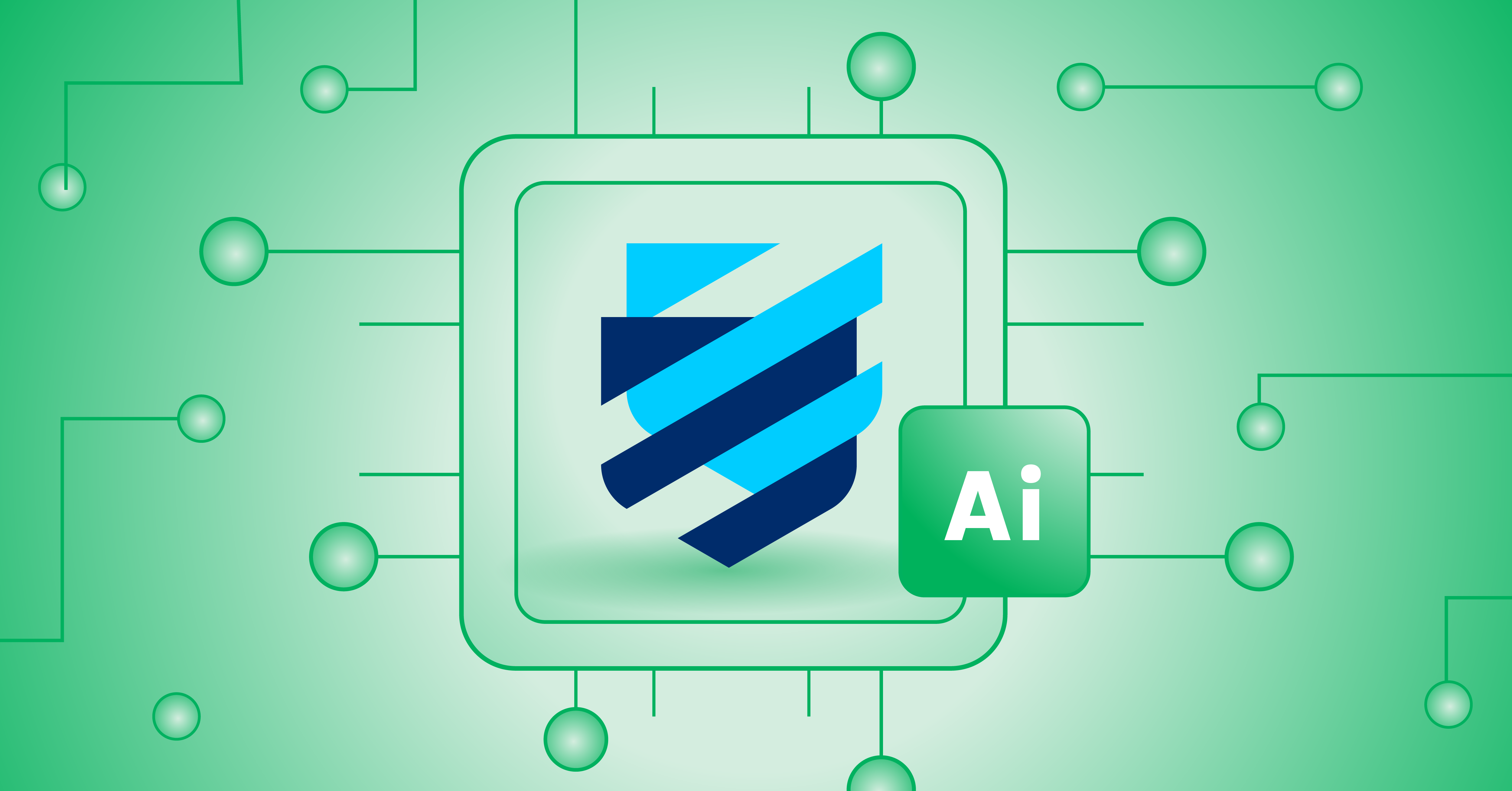- Jan. 7, 2020
- 5 min
How New Customer Experience Touchpoints are Evolving Customer Expectations
Meeting these expectations takes the right approach and the right technology.
Magnolia in Aktion
Unser Expertenteam zeigt Ihnen live, was Magnolia für Sie leisten kann.
Jetzt Demo buchenIn the past, customers had limited touchpoints in which they could interact with companies, typically either through telephone calls, standard mail or face-to-face exchanges. That, of course, has changed.
With today’s technology ranging from smartphone apps to online-enabled kiosks, the number of ways companies can interact and engage with potential customers is continuously expanding. While companies have plenty of new ways to deliver their messages and build brand awareness, they’re also facing increasing pressure to provide seamless and consistent content to consumers across this ever-growing number of touchpoints.
Defining Touchpoint
A touchpoint can be defined as any means by which a company interacts with customers.
The key to taking advantage of customer experience touchpoints lies in understanding what they are, how they work and when the customer typically encounters them during their buyer journey. Each touchpoint must deliver relevant content around what the customer needs, when they need it and through the channel that they want to access that information. The content must remain consistent across all channels.
Speaking of channels, it’s important to note the difference between a touchpoint and a channel.
Companies often strive to deliver a multi-channel experience to their customers but end up focusing on the capabilities of the channel rather than how it can be used as a customer experience touchpoint. In fact, some channels can function across multiple touchpoints. For instance, a website can give customers product information before their purchase, process their payment during a purchase and offer them follow-up information and post-sales support after their purchase is completed.
Growth of Digital Touchpoints
Today’s technology has boosted both the availability and popularity of digital customer touchpoints. Websites and email campaigns are no longer enough to ensure that customers continue to engage with a company’s brand. Businesses can now connect with customers through mobile, text messaging and social media platforms - and consumers expect this. Some of the newer channels, such as voice-activated digital assistants, VR/AR systems, and Internet of Things (IoT) enabled devices can also serve as digital touchpoints.
This gives companies a wide array of channels for driving customers towards their products. While there are more ways to connect with customers, managing these touchpoints can turn into a logistical nightmare if companies don’t have the right technologies in place to manage them. The best way to take advantage of a multitude of customer experience touchpoints is to implement a plan that focuses on delivering the best service throughout the customer’s journey.
Digital Touchpoints And The Customer Journey
The customer journey details each step that a customer takes with a company before, during and after the sale. Companies that create a map of the typical customer’s journey are better able to take advantage of and coordinate touchpoints to make the journey seamless for the customer.
For instance, the customer may read reviews, look up product ratings or check out social media posts regarding a company prior to the sale. When the customer makes a purchasing decision, that customer may visit the website or tap through an in-store kiosk display. After the sale, the company may send marketing emails, show related items or offer additional services and support to re-engage customers.
Need help using digital touchpoints to gain sales?
Read Accelerating Customer Journeys: Driving Customers from Awareness to Loyalty for best practices and tips.
Digital Touchpoints And Customer Expectations
As technology becomes more sophisticated, customer expectations have escalated as well. Customers now want content that is widely accessible, highly relevant and delivered in a timely manner. They want to take the next step on their customer journey using the device or channel of their choice. For instance, if the customer wants to access information on an in-store display, they won’t be pleased if that display refers them back to the app or website.
A major component of meeting those expectations lies in developing a personalized user experience. Each touchpoint should deliver an aspect of the company’s brand that speaks to that individual customer. For new customers, that can mean providing product information in that customer’s language or displaying products relevant to the customer’s home country or region. For existing customers, that can mean showing deals on products related to their previous purchases.
These seemingly small tactics can dramatically improve the digital experience for consumers.
How a Hybrid CMS Helps You Meet Expectations
Perhaps the most critical tool when creating content across multiple touchpoints is a hybrid headless content management system. This type of CMS uses APIs to deliver content like in a headless CMS, with the structured front-end favored by content authors that’s found in a traditional CMS.
The hybrid headless CMS architecture allows content authors to deliver consistent content across multiple touchpoints from a single platform. Since hybrid CMSs are API-driven, developers can integrate the software with many devices and channels more easily. For example, developers can integrate the CMS with front-ends ranging from smartphone apps to VR rigs, while content creators can use intuitive authoring tools to craft their content, without the need to adapt it to different touchpoints.
A hybrid headless CMS also gives developers the capability to work with both current and emerging technologies. As technology evolves and new touch points become available, this CMS lets content authors and marketers bring content to those touchpoints and reach new customers that have adopted the latest technologies, essentially future-proofing the content against obsolescence.
Thinking of going for a headless content management system? See how headless and hybrid headless compare with our guide.

.png)








